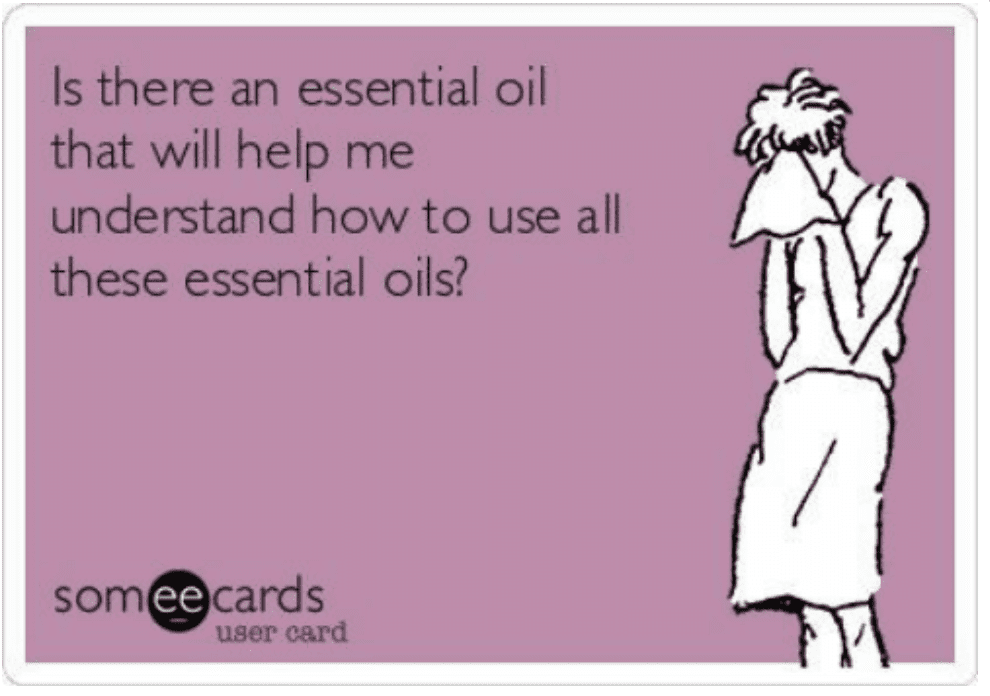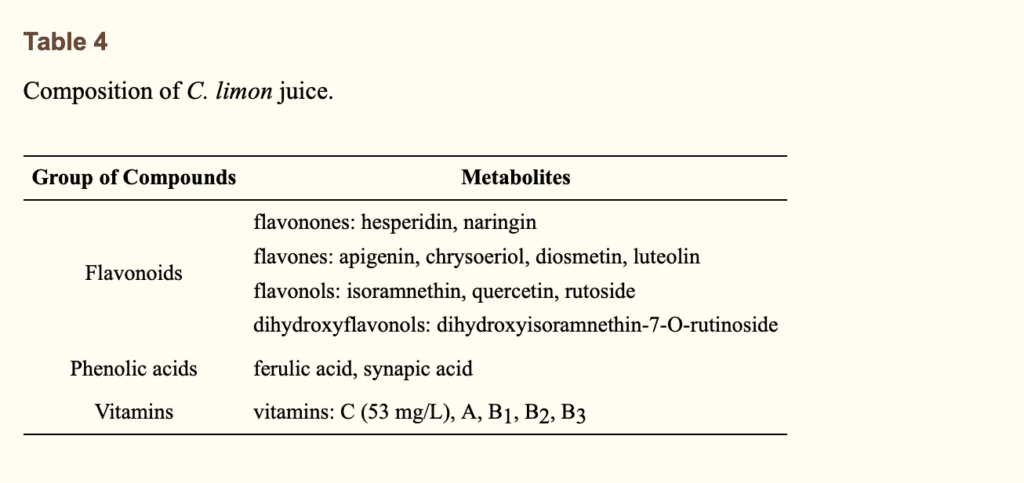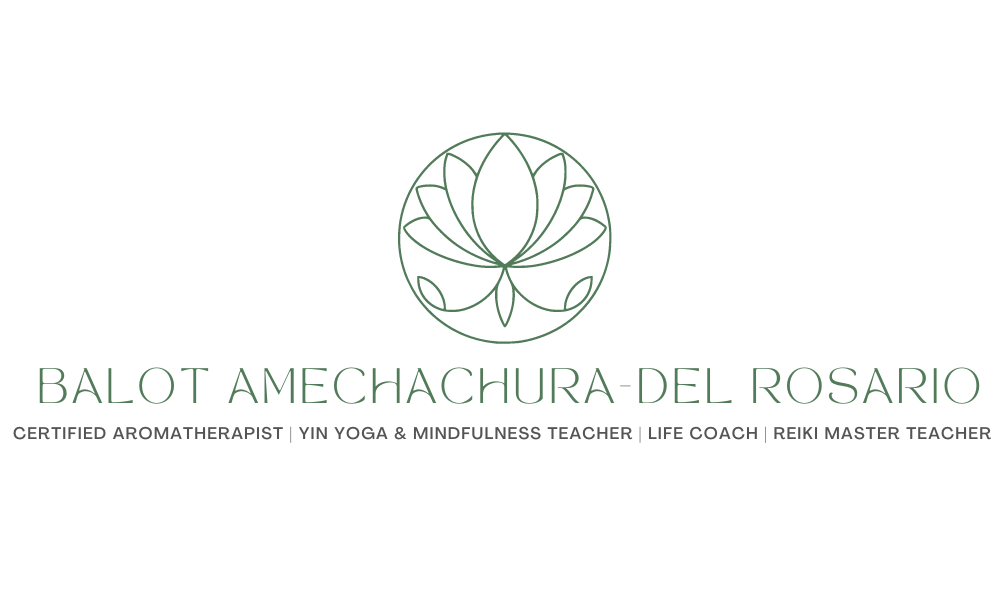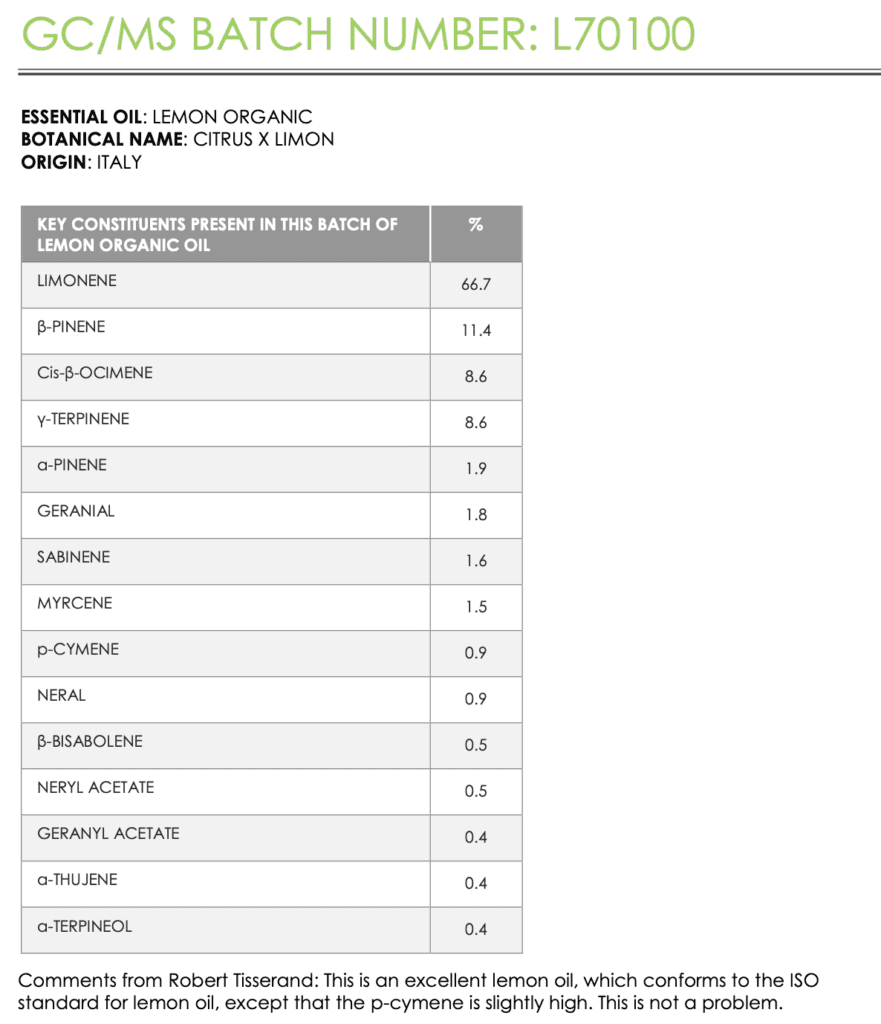My journey with essential oil education started when I burned my son Santi, who was then 18 months, with Young Living Thieves diluted at 1% for his ringworm. This “protocol” was what I saw in my MLM groups before and not doing any diligent research on essential oils and copying recipes left and right, I unintentionally harmed my baby.
Since then, I have been passionate about educating parents about the safe and effective use of essential oils because I would not want any other parent feeling guilty for harming their children when their intention was only to integrate these wonderful aromatics and therapeutic essential oils into their wellness toolkit.
However, the Internet and social media groups are full of misinformation hinged on essential oil companies trying to sell all their oils and making their users use them indiscriminately. Most safety guidelines are not discussed and so it has been the role of many aromatherapists and aromatherapy organizations like the National Association for Holistic Aromatherapy (NAHA) to promote safe and effective aromatherapy.

So just to get you started, I compiled some things I wished I knew when I started using essential oils:
- Not all essentials oils are safe.
There are a lot of oils that are not safe for babies. In fact, I highly discourage the use of essential oils on children below one and minimum use for children below two. There are some safer products than essential oils such as hydrosols. P.S. if you are a mom who wants to be empowered on how to use essential oils safely and effectively on your kids, please do watch out for my upcoming workshops.
- Less is more when it comes to essential oils.
To paraphrase one of my favorite authors, Robert Tisserand, “While essential oils are natural, their concentration is something that you can not find in nature.” In my practice as an aromatherapist, I have found that a 1% dilution – 2 drops of essential oils in 10mL carrier oil – can already be very powerful as a complementary therapy to certain issues (congestion or insect bites, for example). Always start low and just increase the drops when totally necessary.
- There is no need to use essential oils all the time.
Even if my oils are just with me, I don’t use them all the time. Essential oils are still considered xenobiotics. Xenobiotic is a term used to describe chemical substances that are foreign to animal life and thus includes such examples as plant constituents, drugs, pesticides, cosmetics, flavorings, fragrances, food additives, industrial chemicals, and environmental pollutants (Patterson, A., Gonzales, F., Idle, J., 2010)
It is thus important to be mindful of how the body processes the essential oils and if they are not needed, we are just adding extra load to our internal organs.
- There is no therapeutic grading for essential oils.
It’s either 100% essential oil or not. A pure essential oil would deliver its therapeutic benefits based on its chemical composition regardless of the brand. The term “therapeutic grade” is just a marketing term some companies use to imply that their oils are better than others, thus claiming higher pricing. I have seen more affordable pure essential oil brands that delivers the same benefits as other essential oils claiming to be the only “therapeutic-grade oils in the market.
- Essential oils have shelf-life.
Contrary to what is being promulgated that essential oils do not go bad, they actually do. Essential oils with lighter molecules such as the ones in the citruses are prone to the process of oxidation. Essential oils that have oxidized may cause (1) skin sensitization; (2) degradation or loss of therapeutic benefits, and/or (3) in some rare cases, turn into a toxic, harmful substance.
- Essential oils do not have vitamins or minerals.
Another one of my favorite myths to bust. Lemon essential oil do not contain vitamins that you can see in a lemon. Plain and simple. Let us compare the composition of these two:
This is what you will see in a LEMON JUICE. As you can see below, it contains phenolic acids and Vitamin C.

Now, this is what you will see in a lemon essential oil from a gas chromatography/mass spectometry report of one of the batch for Plant Therapy essential oils – all chemical constituents, no phenolic acids and certainly, NO VITAMINS AND MINERALS!
So please, if you want the vitamins, just juice some lemon and stay off from putting your essential oils in water because it may cause some gastro-intestinal irritation or damage in the long run.
- You don’t need to hoard all essential oils.

Yes, you heard me right! Unless of course you want to and you can use them.
First, a lot of oils can do so many things. Lavender can be used for pain, for anxiety, for sleep, for skin issues and this is the same for many other oils. Know what your oils can do so that you don’t need to always buy.
Second, think about the shelf-life issue I mentioned above. Hoarding them and keeping them stashed thinking they will live forever is waste of your money.
Lastly, think about the plant material that goes into the production of a bottle of essential oil. Just to give you an idea, according to Ecowatch, we use 250lbs of lavender plant to product 1lb of lavender essential oil. If we use too much, more than we really need, we also risk the fast depletion of these plants in nature unless we are sure that there are conservation practices in place.
Soooooo, saying all these, I hope that you learned a thing or two. If you found this helpful, please spread the word and share with your fellow oilers. Let us all practice safe oiling!
References:
Patterson, A., Gonzales, F., Idle, J. (2010). Xenobiotic Metabolism – A View Through the Metabolometer. Chem Res Toxicol. 23(5), 851–860. doi: 10.1021/tx100020p
Klimek-Szczykutowicz, M., Szopa, A., Ekiert, H., (2020). Citrus limon (Lemon) Phenomenon—A Review of the Chemistry, Pharmacological Properties, Applications in the Modern Pharmaceutical, Food, and Cosmetics Industries, and Biotechnological Studies. Plants (Basel). 9(1), 119. doi: 10.3390/plants9010119

